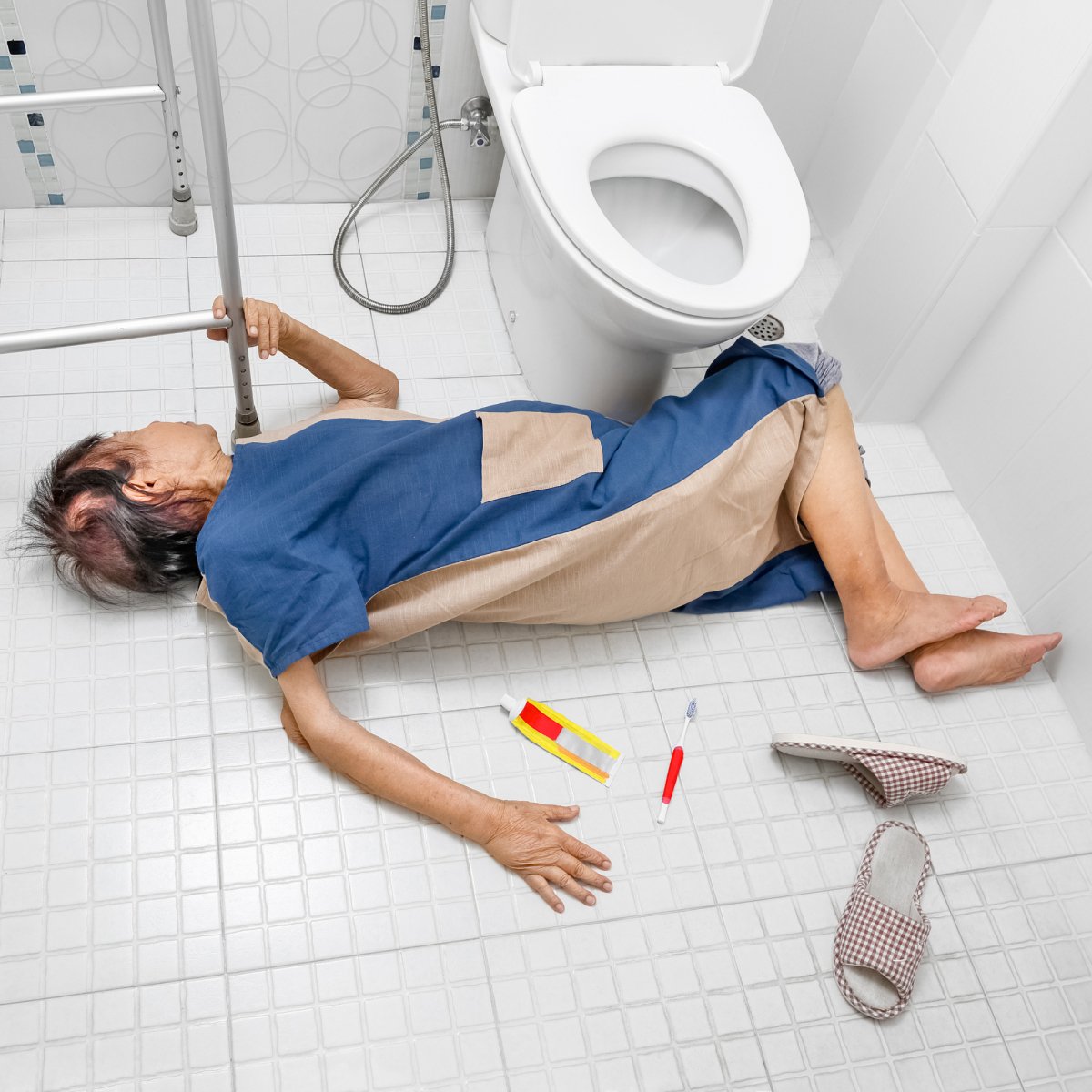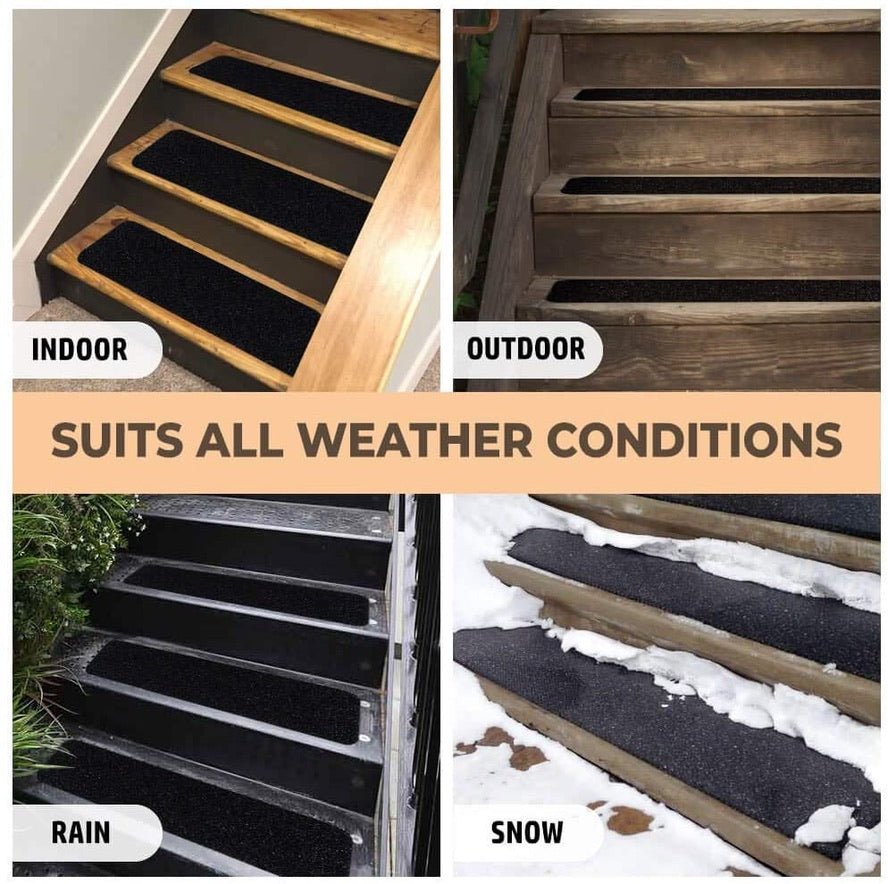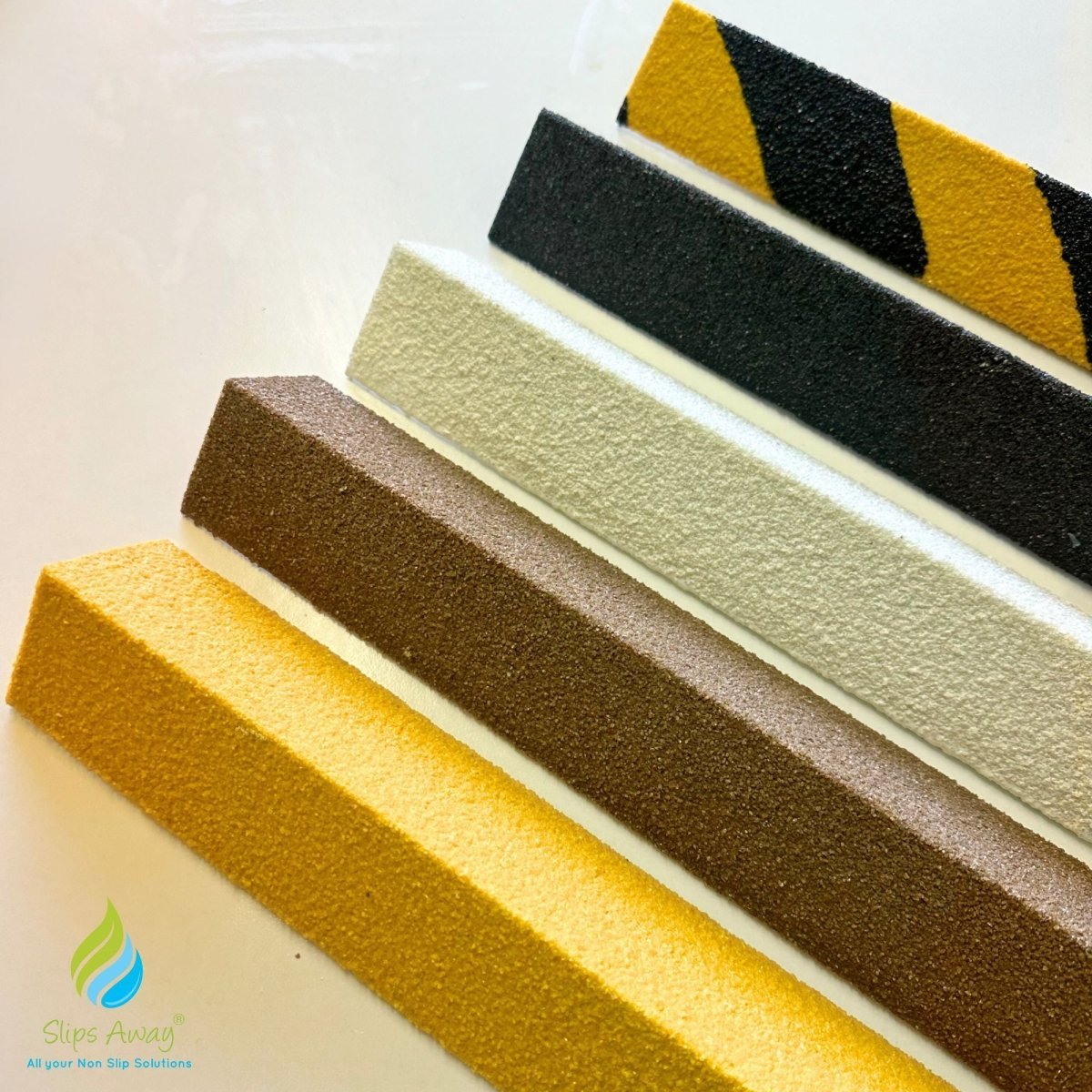We engage in daily bathroom rituals, from the routine tasks of brushing teeth and washing faces to the seemingly mundane activities like combing hair. Showers, another commonplace bathroom routine, often go unnoticed as part of our everyday lives. Given the frequency of our visits, it's easy to assume that the bathroom poses no cause for concern.
However, statistics reveal that the bathroom can be a surprisingly perilous space within our homes. According to Nicholas Bakalar's report in the Daily express, the Centers for Disease Control and Prevention note that each year, around 235,000 people aged 15 and above seek emergency room treatment due to injuries sustained in the bathroom. Approximately 14 percent of these cases result in hospitalisation.
Various factors contribute to falls in the bathroom, with age-related issues such as leg muscle weakness being a significant concern. Many seniors rely on walking aids like canes, walkers, or wheelchairs, but the design of most bathrooms doesn't accommodate wheelchair access. Consequently, seniors may face challenges in maintaining balance while using bathroom facilities.
SeniorCaring.com highlights that lower body weakness, limited mobility, difficulty in walking and balancing, and vitamin D deficiencies can increase seniors' susceptibility to slips and falls. Additionally, certain medications, such as sedatives and antidepressants, may negatively impact balance, further elevating the risk of falls among seniors.
Injury Rates Rise with Age – Out of all these injuries, approximately two-thirds occur during bathing or showering. Unsurprisingly, the likelihood of incurring such injuries increases with age, peaking after the age of 85, according to Bakalar. He notes that difficulties in getting on and off the toilet appear to be a common cause of injury among the elderly.
Marissa Cevallos, covering the same CDC report for the Express, emphasises that the majority of bathroom injuries (81 percent) result from slips and falls. She attributes this to the slippery nature of bathroom surfaces, emphasising the inherent danger in the bathroom. Interestingly, Cevallos points out that the CDC's findings indicate that women are more prone to injuries in the bathroom compared to men.
For seniors, any slip and fall incident is a significant concern. According to the National Safety Council, an older adult dies from a fall every 20 minutes, and many more are injured. The Centers for Disease Control and Prevention reveal that 3 million older adults are treated in emergency departments annually for fall injuries, with over 800,000 patients hospitalised each year, often due to head injuries or hip fractures.
Protecting older adults from slipping and falling in the bathroom is crucial. The National Safety Council emphasises that due to the aging process affecting vision, strength, and balance, adults aged 65 and older face an elevated risk of falls. Implementing safety precautions is essential to reduce the risk of senior falls.
For comprehensive information on bathroom safety and preventing slips and falls among seniors, consider exploring resources like SlipsAway to ensure a safer living environment for your loved ones.
Putting A Stop To Slips And Falls In The Bathroom
Floors, even when dry, are often slippery, contributing to frequent slips and falls in this area. Taking proactive measures can help prevent such accidents.
Bathroom safety starts with decluttering the floor. Griswold Home Care recommends removing items like plants, hampers, trash baskets, and rugs that may impede seniors' movement in the confined space. Even rugs with non-slip backing can pose obstacles. For those with linoleum flooring, replacing it with wall-to-wall carpeting or textured tile is suggested.
To address the slippery surface issue, adding non-slip mats is a wise choice. These mats provide much-needed traction for users, unlike throw rugs, which should be eliminated from all home floors due to their tendency to bunch up and become tripping hazards. Kerovit.com emphasises the installation of non-slip surfaces on bathroom floors and advocates for applying non-slip decals on tiles to prevent accidents.
Bright illumination in the bathroom is crucial for preventing falls. Good lighting helps users clearly see potential obstacles. Considering vision impairment in many elderly adults, ensuring bright lighting is essential. Brian O. Sutter from All Injuries Law Firm emphasises the importance of adequate bathroom lighting for daily needs and suggests using nightlights, illuminated switches, or glow-in-the-dark stickers to create a visible path from the bedroom to the bathroom, especially at night.














